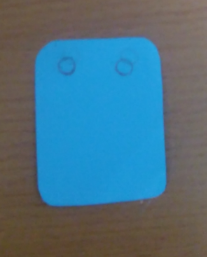how to detect object and pattern and retrieve the angle of orientation
I am new to OpenCV I want to know how i can detect an object regardless of its orientation for example. the following is a reference picture
Reference Picture:

2.How to detect the object in difference orientations, how to know the angle of its orientation?

- How to detect the same object eventhough it has a spot, and point out where the spot is

My development platform is VS2010 with opencv 2.4.10, much appreciate if you can help me. Color is not essential here.


